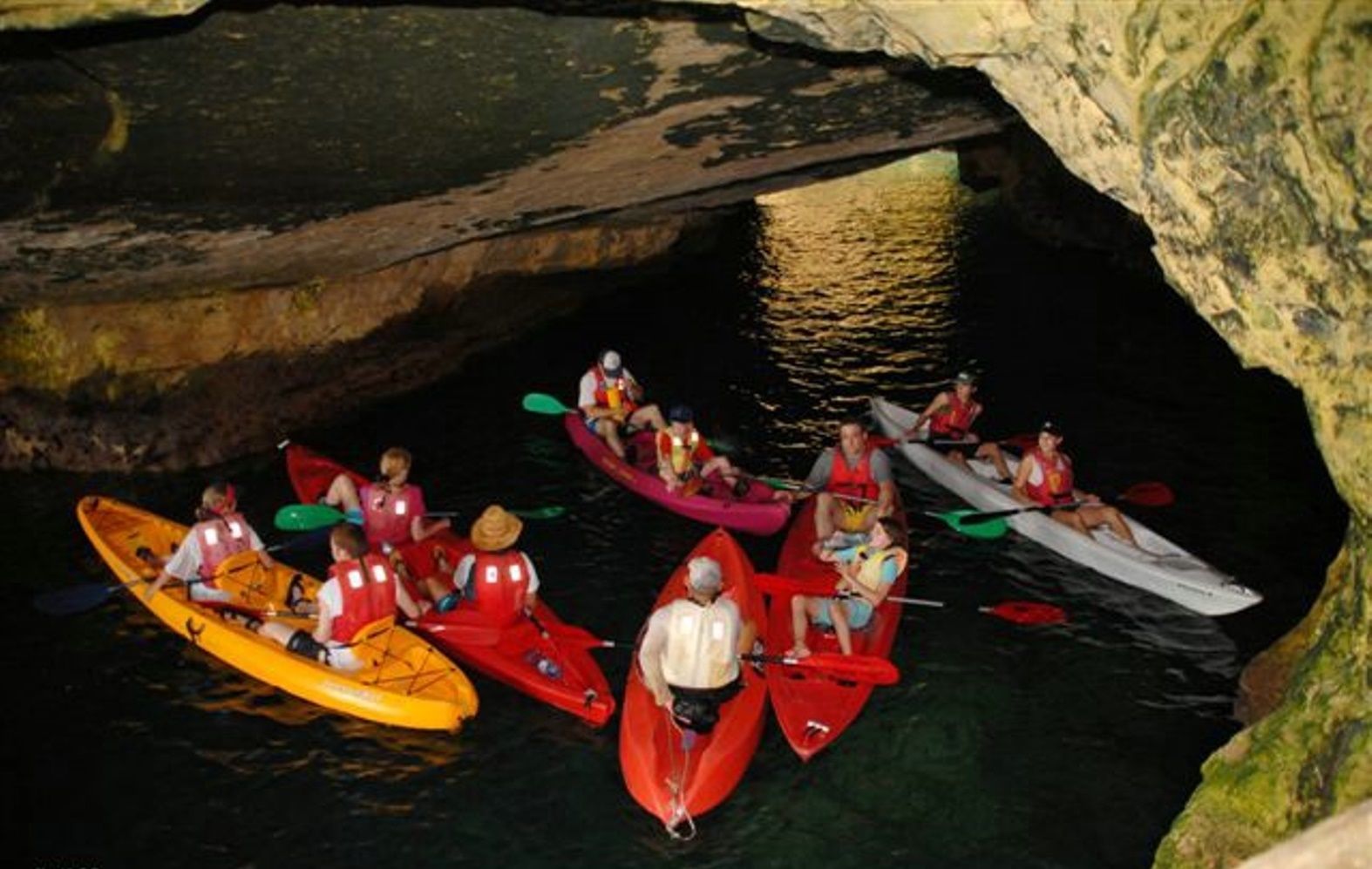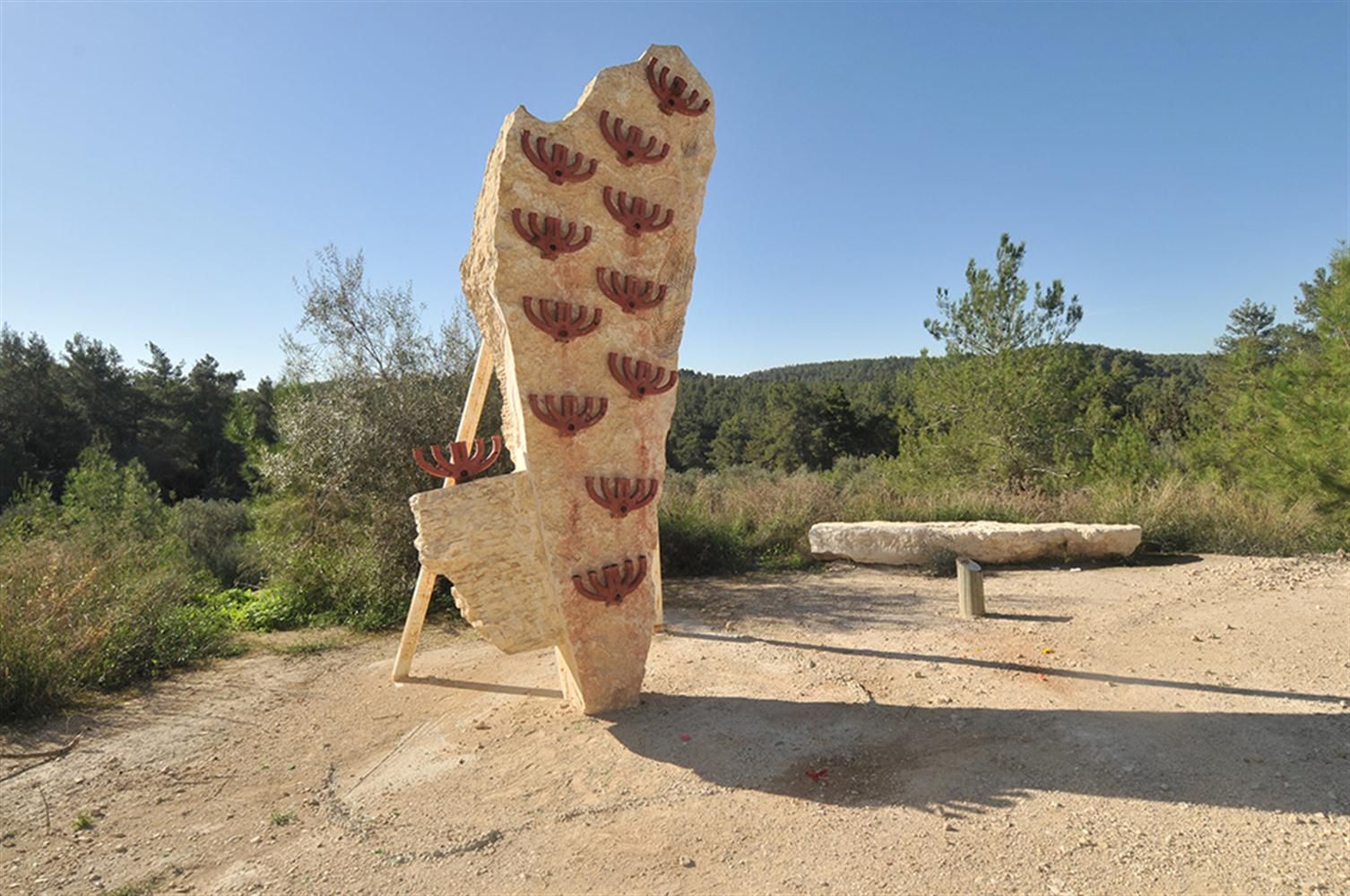Are you looking for something new to do in Israel? These nine places will not disappoint.
The Old City of Jerusalem. The Dead Sea. Masada. The Sea of Galilee. We’d never suggest you skip any of Israel’s iconic tourist sites. But if you’d like to include some off-the-beaten-track destinations to your itinerary on a first or repeat trip, ISRAEL21c has some suggestions for you.
“These are things that introduce a side of Israel you don’t expect to see, like cherries on top of the usual experience,” says Steve Zerobnick, vice president and content development director for Keshet: The Center for Educational Tourism in Israel. “For instance, who would think to go to a kibbutz to find one of the leading art venues in Israel?”
Zerobnick and other Keshet guide-educators helped us compile this list of lesser-known places to provide an insider’s view into Israeli society, geography and history. We grouped them here from north to south. These are only a drop in the bucket, so please share your favorite hidden gems in Israel to the comments section.
- Kayaking at Rosh Hanikra
-
 Kayaking through the grottoes. Photo by H. Karp
Kayaking through the grottoes. Photo by H. Karp
If you’re between 10 and 70 years old and visiting Israel between April and November, kayaking is a fun and different way to explore the famous grottoes of Rosh Hanikra in the far northwest of the country.
The usual plan is to take the cable car down to the 656-foot walking track winding through the grottoes, which probably formed in prehistoric times through earthquakes and erosion. Few people know about the kayak rentals at the Sea Center on Betzet Beach. To book a 90-minute tour of the grottoes from the water, call 972-52-379-8610 ahead of time.
This unique boat ride takes you through a 500-square-meter fish-filled reservoir within an eighth-century arched structure in Old Ramla called the Pool of the Arches or the Pool of the Goats (in olden times, residents would water their goats between the arches). Five rows of three stone columns each hold up the ceiling and special lighting affords beautiful reflections on the water. Open Sunday through Thursday and Saturday 8-4, Friday and holiday eves till 2.
- Gottesman Etching Center, Kibbutz Cabri

The etching workshop at Kibbutz Cabri, east of Nahariya in the picturesque Western Galilee, was founded in 1993 as a venue for artists from Israel and abroad, and as an experiential museum for those wishing to watch printmaking masters at work and view or purchase the results.
The workshop contains the largest press in Israel, plus a wide selection of papers, an extensive aquatint box, large etching baths and a hot table. A sculpture garden is located next to the workshop of the late sculptor Yechiel Shemi, and the Cabri Gallery for Contemporary Art also is located in the kibbutz. Details: 972-4-995-2713; info@cabriprints.com.
- Nisco Museum of Mechanical Music, Ein Hod

Nisco is at the outer edge of Ein Hod, an artists’ colony in the Carmel Mountains south of Haifa. Owner Nisan Cohen, a New York transplant, gathered this awesome collection of antique music boxes, hurdy-gurdies, gramophones, player pianos and other mechanical musical instruments over the course of 40 years and he loves demonstrating them to visitors. The museum is open seven days a week from 10am to 5pm and also hosts concerts. Information: niscomuseum@bezeqint.net
- The Black Canyon and Hexagonal Pools, Golan Heights
The Black Canyon and the Hexagonal Pools are among several spectacular pools and waterfalls within the Yehudiya Forest Nature Reserve. A licensed guide is your best bet for accessing and fully enjoying both these sites.
The volcanic stone water-filled Black Canyon between the upper and lower Zavitan – the longest stream in the Golan Heights – is an exciting challenge for experienced hikers who also know how to rappel and swim. The Hexagon (Meshushim) Pool is located at the bottom of another deep canyon, walled in with hexagonal basalt rock formations, flowing water and cascades.
- Bel Ofri Farm, Golan Heights
In the village of Kidmat Zvi, Tami and Babi Kabalo established an eco-farm that has become a refuge for unadoptable, injured, abandoned animals including lambs, goats, peacocks, pigeons, rabbits, marmots, guinea pigs and tortoises.
After you’ve petted the animals and heard their stories, take a tour of Bel Ofri’s boutique winery, reconstructed ancient olive press pulled by a mule, organic vegetable patch, working water well and cheese-making enterprise. Tami Kabalo offers craft workshops in arts such as stained glass, jewelry and clay sculpture.

- Sculpture Road (Derech HaPesalim) between Jerusalem and Tel Aviv
Along Route 44 off the Jerusalem-Tel Aviv Highway 1 lies the Sculpture Road, a 10-kilometer (6.2-mile) route through the KKL-JNF Presidents Forest. It’s lined with environmentally friendly artworks – including one honoring the space shuttle program — sculpted by immigrant artists from the former Soviet Union. Bring a picnic lunch and eat at one of the many benches and tables on the route.

Sidreh, a non-profit organization established in 1998 in Lakiya to improve the socio-economic status of Arab Bedouin women in the Negev, incorporates the Lakiya Negev Weaving Project.
The women spin thread from the wool of sheep from local Bedouin shepherds and create carpets, cushions and accessories. Traditional Bedouin women demonstrate the entire weaving process and talk about the Bedouin way of life.

Nine Israeli vineyards established along the path of the old wine and spice routes in the Negev Desert highlands have brought back to life the grape-growing terraces from 2,000 years ago. Visit and sample the wines at Carmey Avdat, Kadesh Barnea, Ashba, Rota, Sde Boker, Sdema, Rujum, Derech Eretz and the Wine Cellar at Boker Valley Vineyards Farm. Click here for details on each one.













